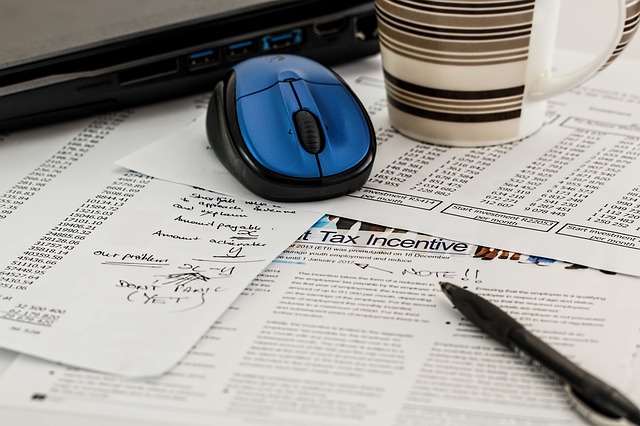Tax day is just a few weeks away; are you ready to file? Or are you one of the millions of taxpayers who will decide to file an extension before the deadline to put off filing a return?
Although this is a legitimate option, and is the only viable one for many with certain investments and business income, there are some key factors you need to know about extending your return’s deadline. Otherwise, you might end up with a higher tax bill due to penalties and interest.
Tax Extension: The Basics
It is fairly easy to apply for an extension to file your taxes. It is free to do, and you can find the application online at the IRS website (irs.gov). This gives you an extra six months to file your return, with your new Tax Day on October 15 (October 16 in 2017 due to the calendar) instead of April 15 (or April 18 for 2017 due to the calendar).
Many taxpayers like having the extra six months to collect all their tax documents and prepare their return. Others start to panic when April 15 inches closer and closer and they are simply unprepared. Many taxpayers with certain investments and businesses rely on the October 15 deadline, because they simply do not receive all of the documents they need to complete their taxes in time.
Regardless of the reason for applying, a tax extension is free and there are no major penalties for filing one. In fact, you end up saving money due to avoiding the Failure to File penalty fee, which is 5 percent of your tax bill, up to 25 percent.
You Have to Pay
There is one major caveat to the benefits of filing an extension to file: it is just an extension for filing your tax return — not for paying your taxes. This means that if you owe any taxes, you have to pay at least 90 percent of what you ultimately owe or face a Failure to Pay penalty. This penalty is much lower at just 0.5 percent of your taxes. However, this can still quickly add up, especially since there will be six months of penalty payments added onto your tax bill and six months worth of interest (3 percent plus the federal short-term rate, which is currently 1.11 percent).
Avoid Ending Up With a Higher Tax Payment
Whether you are simply procrastinating or need more time to collect all your documents for filing your return, take a few key steps to ensure you do not end up with a higher tax bill:
- File an extension before Tax Day (April 18 for 2017)
- Pay your estimated taxes (at least 90 percent) at the same time
- File your return before the extended tax deadline (October 16 for 2017)
- Pay the rest of any taxes you might owe when you file
Even if you do not have all of your documents collected, you should be able to estimate how much you owe based on your taxes from the year before and the documentation that you do have. If you remain unsure, then it might be best to work with a tax professional to ensure that your estimate calculations are as close to the final payment as possible.
Steps to Take If You Can’t Pay Your Taxes
Even if you cannot pay at least 90 percent of your taxes, you want to pay something by the April tax deadline. This will lower your tax debt, since the penalty fees are based on the tax that you owe after the due date. So, if you pay a portion of your tax, then you reduce the baseline of your debt. This, in turn, leads to lower penalty and interest charges, so in the long run, you pay less. Be sure to file an extension to file or submit your return by the April due date, even if you cannot pay one penny of your taxes. This ensures you avoid the Failure to File penalty.
In some scenarios, you might be able to file for a short-term extension to pay, known as the Additional Time to Pay, which gives you 120 days in which to pay your tax in full. However, you might still have some penalty and interest charges. Some qualified individuals might also be able to file for an Extension of Time to Pay, in which you will have all late penalties waived. Typically, you have to demonstrate that you have an undue hardship that makes it necessary to wait to pay.
If your tax payment and/or tax debt is too high for you to pay, you have other options for tax relief. You can sign up for an Installment Agreement, apply for Penalty Relief, negotiate an Offer in Compromise, or use one of the other tax relief programs for which you qualify. Call Fidelity Tax Relief at 877-372-2520 to speak to a tax professional and see if you qualify for any of these tax relief programs. We will work with you to see the best solution for your situation.


